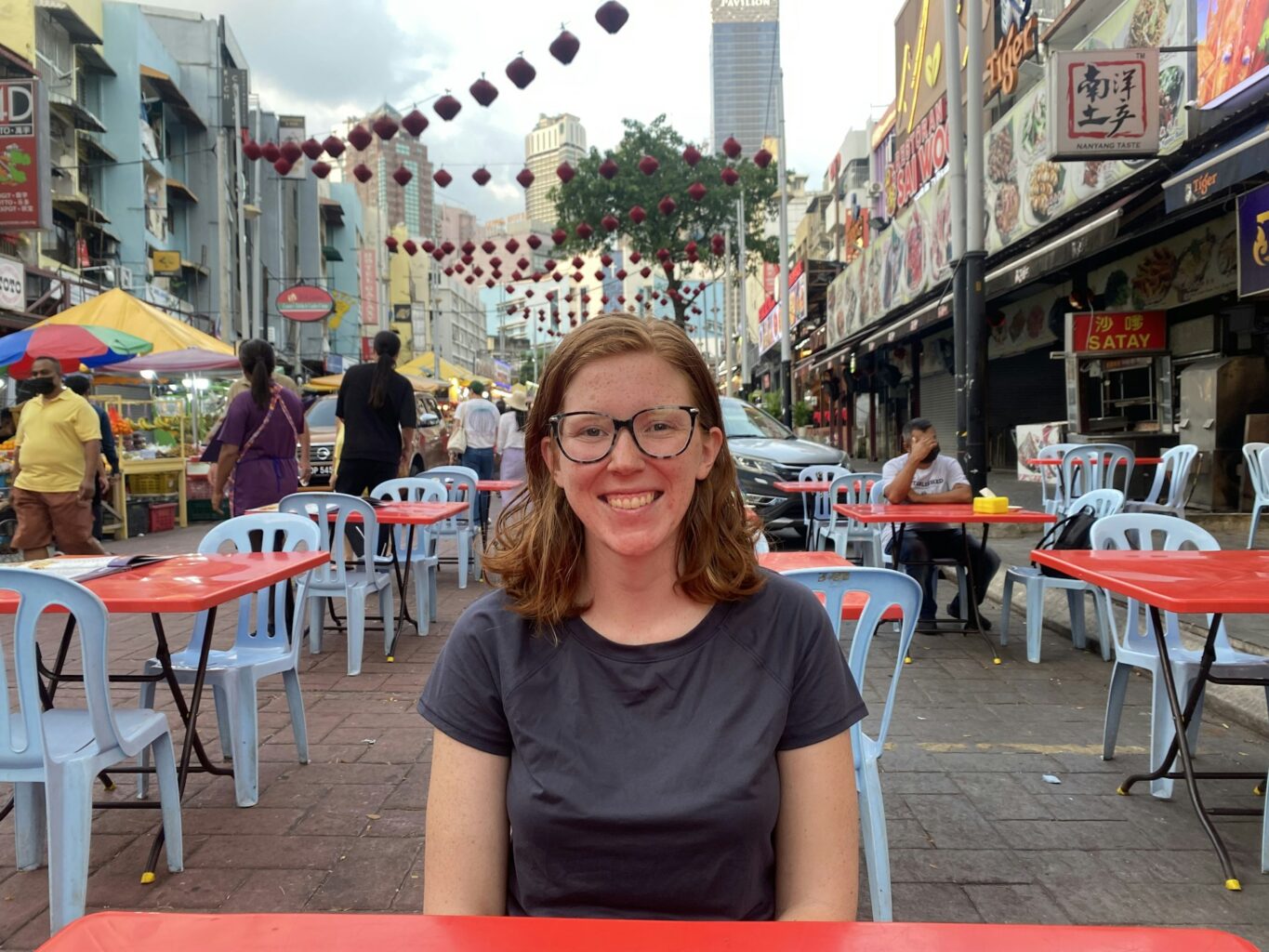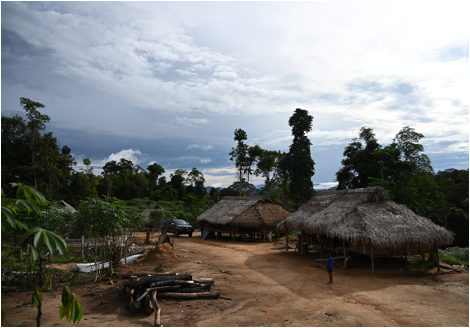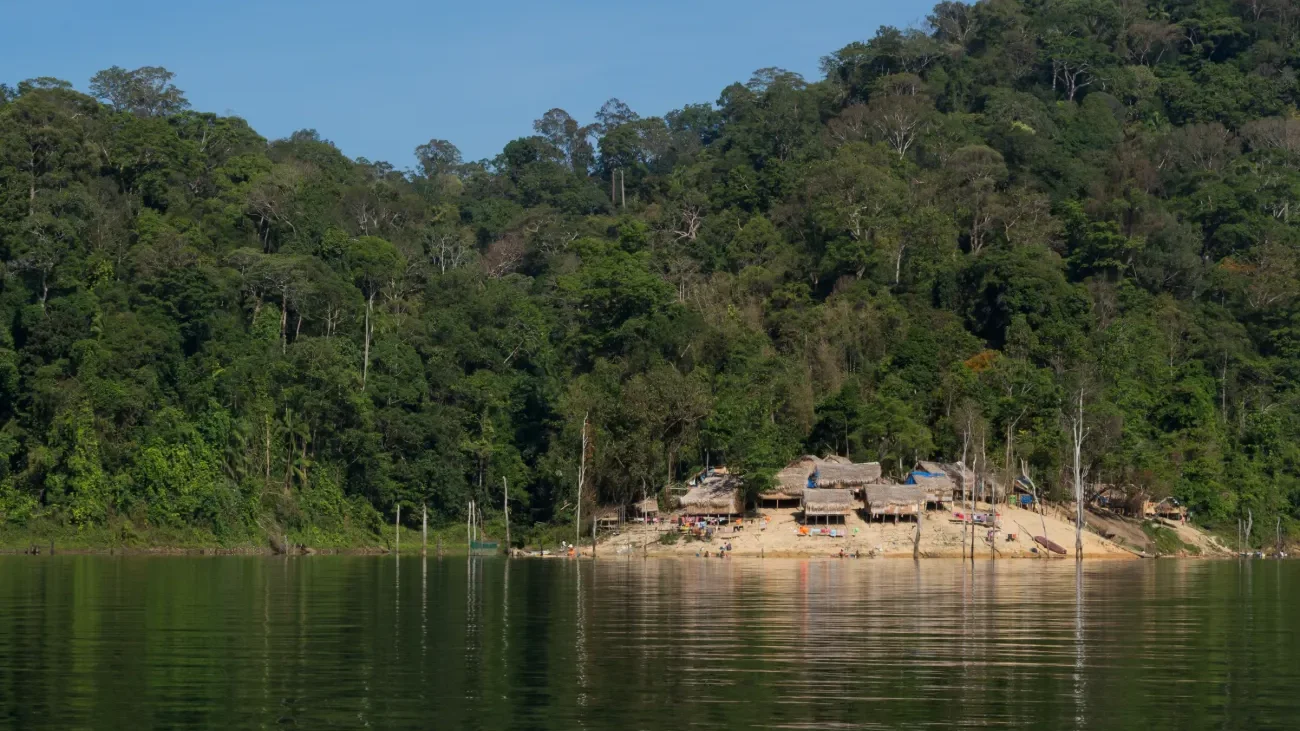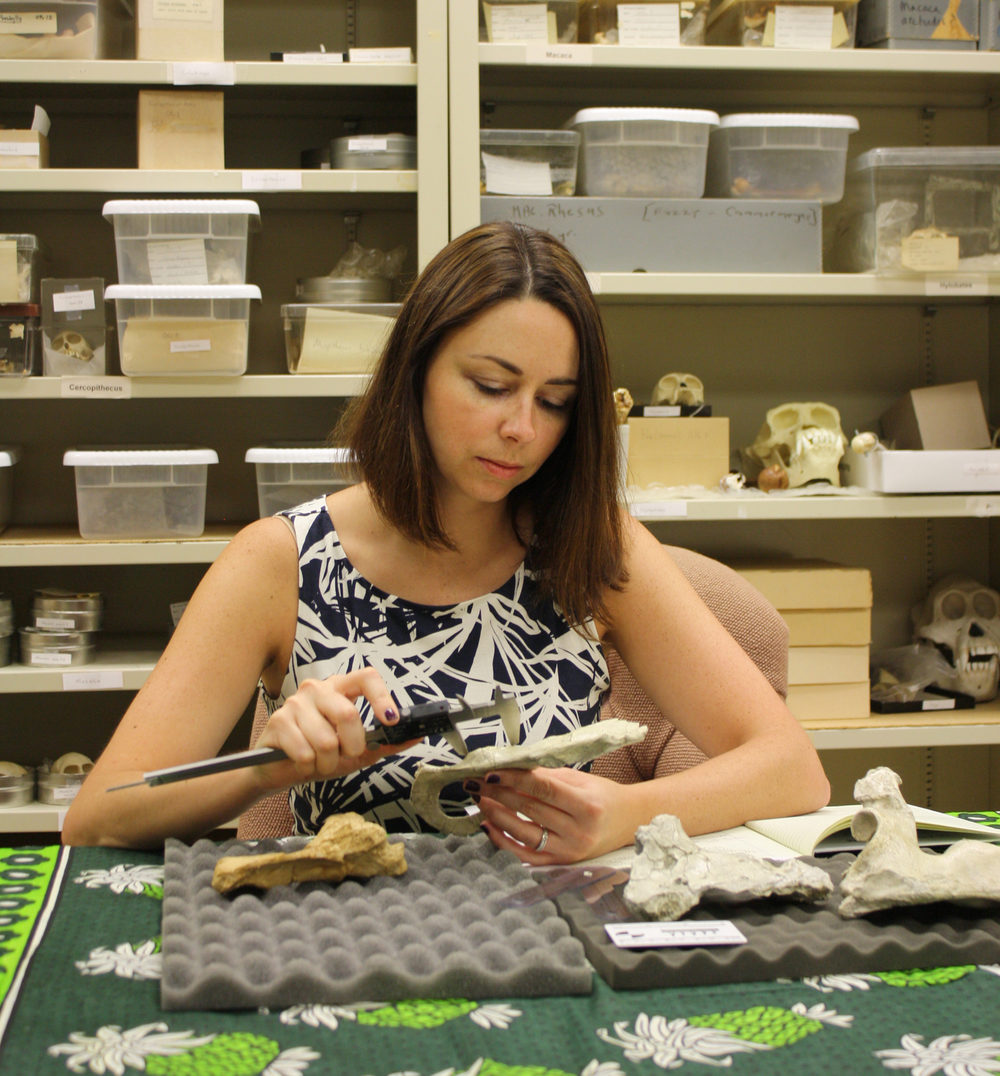Grantee Spotlight

Why do rates of diabetes surge when traditional societies urbanize? The answer may lie in a concept called the “evolutionary mismatch hypothesis.” This idea suggests that traits that are advantageous in one environment can be harmful when environments change, especially when that change happens suddenly.
Vanderbilt University PhD candidate Audrey Arner is investigating this phenomenon with support from The Leakey Foundation. Audrey is a team member in Dr. Amanda Lea’s lab at Vanderbilt. The Lea Lab works in partnership with small-scale, subsistence-level communities in Kenya, Bolivia, and Malaysia to examine how environmental experiences influence health.
Audrey is interested in understanding human adaptation to diverse and changing ecological and cultural environments. She is also passionate about community engagement and is committed to respectful, mutually beneficial partnerships with participant communities. Audrey’s work focuses on the Orang Asli, the Indigenous peoples of Malaysia. Her work combines genomic analysis with community-centered anthropological fieldwork, addressing questions relevant to both human evolutionary history and contemporary public health.
Tell us about your Leakey Foundation-supported research.

In human populations around the world, some traits are advantageous to health and survival due to the characteristics of the environments people are living in. However, rapid environmental changes due to circumstances such as human-induced climate change can result in these beneficial traits becoming detrimental in novel environments. This idea is known as the “evolutionary mismatch hypothesis” and it has been popularized to explain the current surge of non-communicable diseases such as type-II diabetes, and cardiovascular disease. To date, most studies that test this hypothesis are limited because they compare genetically distinct human groups and have mostly only focused on differences in physical traits.
My project focuses on partnerships with the Orang Asli, the Indigenous peoples of Malaysia. The Orang Asli share a similar genetic background but live on a lifestyle continuum from traditional, subsistence-level lifestyles to novel, urban lifestyles.
This study specifically analyzes the underlying genomics of this hypothesis, searching for interactions between genotype and gene expression across the genome. Another important aspect of this project is a community-centered aim to develop strategies that explain genetics concepts such as evolutionary mismatch in subsistence-level settings. Overall, this project illuminates how rapid environmental shifts interact with human genomics to impact health and fitness while also fulfilling a critical desire of research participants to understand more about this research.

How did you first become interested in this field of study?
When I was in school, I was always looking for ways to combine my favorite subjects: history and science. Anthropology was the perfect union of these subjects. I discovered this in my 10th-grade biology class when Dr. Briana Pobiner, a paleoanthropologist at the Smithsonian National Museum of Natural History, taught an evolution-centered curriculum unit. I was fascinated to learn that human skin pigmentation was an evolutionary adaptive trait due to differences in UV radiation. From there I began looking at universities with biological anthropology programs, and the rest is history!
What are you most excited about in your research?
Throughout human evolutionary history, humans have been constantly dealing with rapid and dramatic environmental fluctuations. These shifts can lead to a “mismatch” between a population’s genetic architecture and their environment. The field has largely agreed upon predictions of the “evolutionary mismatch” hypothesis, which at its core is a genetic hypothesis predicting “genotype by environment” interactions; however, these predictions have not been rigorously tested.
I am most excited about testing whether these predictions are held up by genomic data. Especially as it helps address questions the Orang Asli have about how environmental change has impacted their health. Specifically, either supporting or refuting these mechanisms will help to better understand how lifestyle-associated diseases are generated via evolutionary mismatch. I am also extremely interested in understanding how subsistence-level populations such as the Orang Asli prefer to receive information about the genetic work I am doing. This part of my project will have long-lasting impacts on my career, as I will implement what I learn during all future genetic work with human populations.

How do you feel about receiving a Leakey Foundation grant, and what will it allow you to do?
I was incredibly excited to learn about my Leakey Foundation grant, especially given the Leakey family’s contributions to anthropology and evolutionary biology. What I learn from this grant will have important implications for understanding how our evolutionary history impacts current health and fitness, which will set up future questions I will pursue throughout my career.
This project will also be important for setting up a plan on how to best communicate science concepts and ideas to the populations I’ll work with, which I will use throughout my career. Researching the nuances of human evolution, specifically how past selection regimes interact with sudden ecological and cultural transitions, is incredibly important to understanding health and fitness. These studies are particularly relevant now due to the widespread abrupt lifestyle changes currently occurring worldwide, especially in developing countries such as Malaysia, the country I am conducting most of my fieldwork in.
Partnering with small-scale subsistence-level populations like the Orang Asli, who live in environmental extremes due to current socioeconomic forces, could increase the power to understand and characterize health impacts. Importantly, this work has direct value for addressing concerns Orang Asli communities have regarding the lifestyle changes they are experiencing. This will also aid in explaining such impacts through illustrations of some of the more intricate topics of DNA and lifestyle changes.
What’s your favorite mind-blowing science fact?
Human chromosome 2 is the second-largest human chromosome. It is believed to be the result of an ancient fusion of two smaller chromosomes found in other primates, making it unique among great apes!


